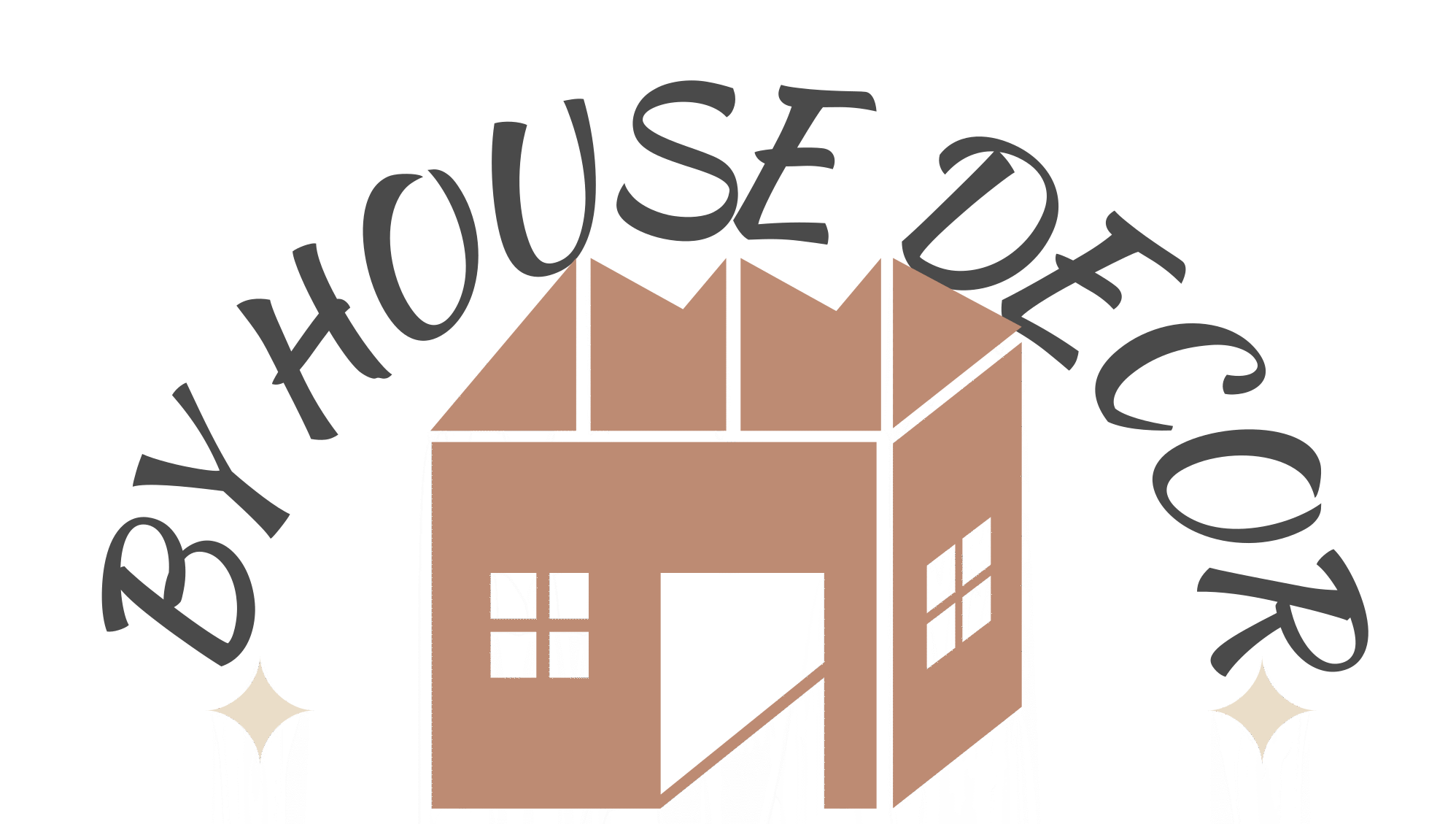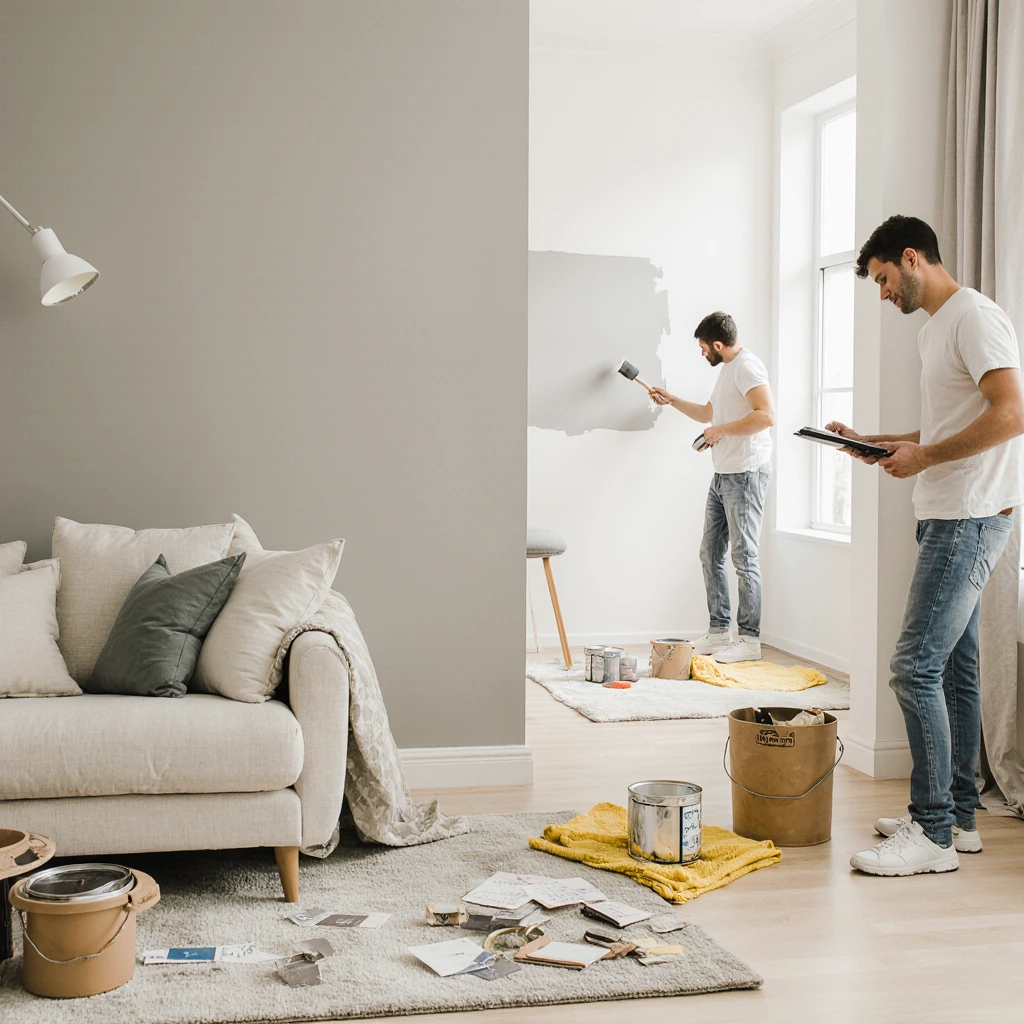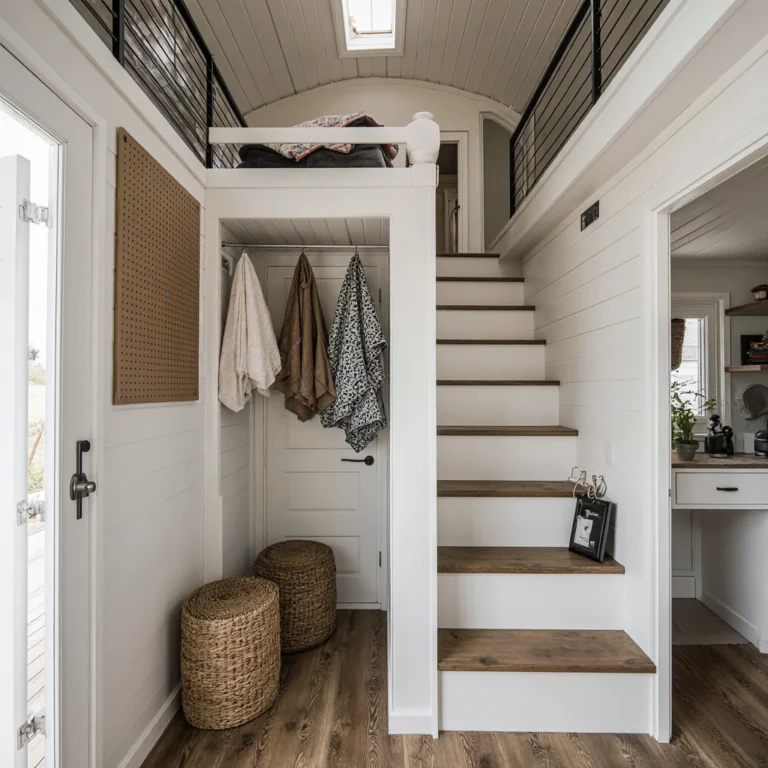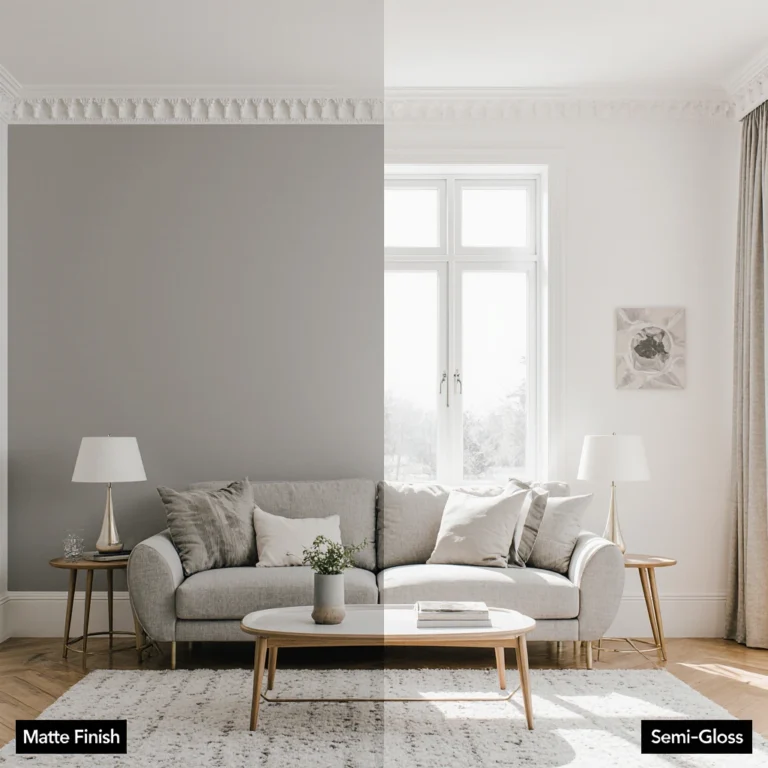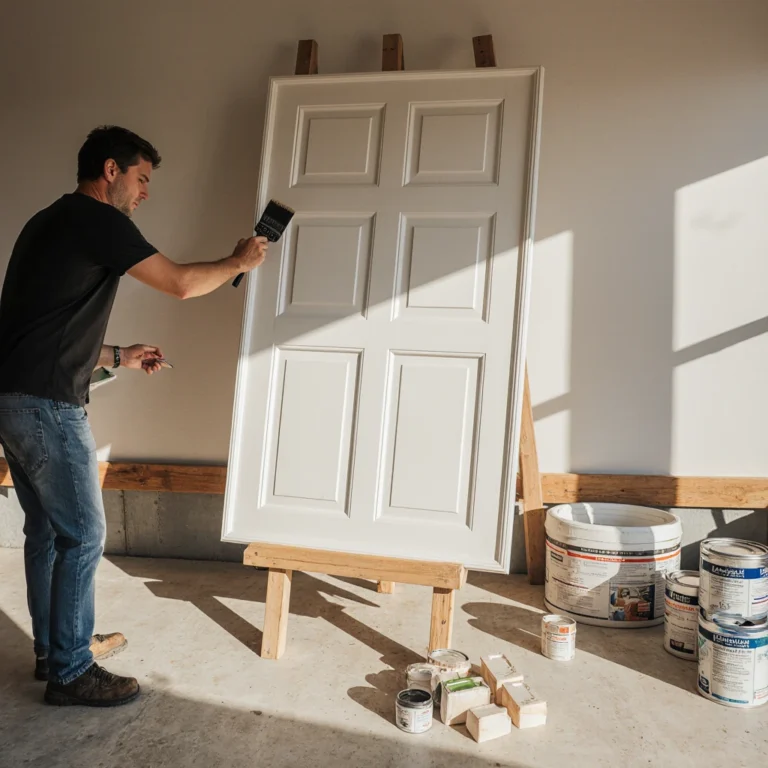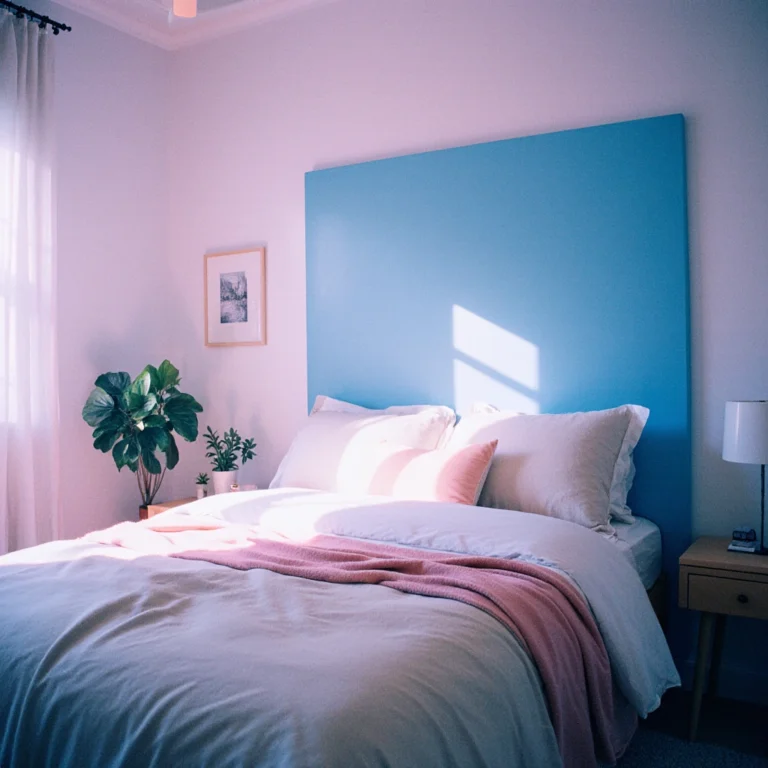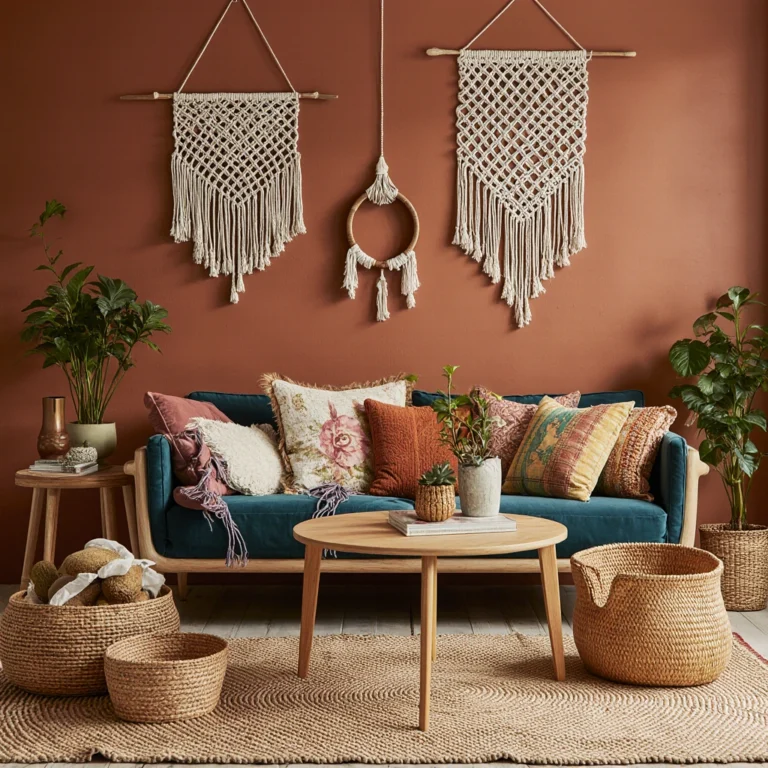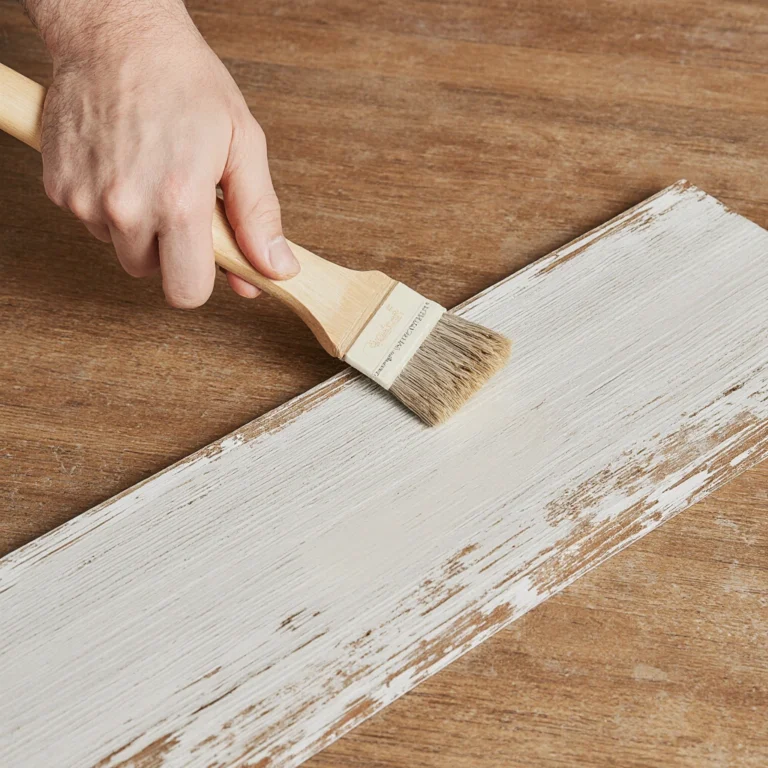Cost to Paint Interior of House – Budget, Tips & Trends
Table of Contents
Understanding the Cost to Paint Interior of House is crucial for homeowners planning their next home renovation. Whether you’re renovating a single room or transforming your entire home, interior house painting costs can vary greatly based on factors such as room size, paint quality, labor costs, and regional price differences. This comprehensive guide details everything you need to know about interior house painting costs, from budget-friendly DIY methods to investing in professional services, helping you make informed decisions that align with your financial goals and design vision.
The average homeowner spends between $1,200 and $4,500 on interior house painting projects, but smart planning and strategic choices can significantly impact your final investment. From choosing the right paint finish to understanding labor costs and maximizing your budget, we’ll explore proven strategies that deliver exceptional results without breaking the bank.
Types of Paint Finishes
Choosing the right paint finish significantly impacts the appearance and long-term durability of your project. Each finish offers unique benefits and a reasonable price that directly impacts your overall interior paint investment.
A matte finish provides excellent coverage and creates a sophisticated, non-reflective appearance. Typically priced between $25 and $35 per gallon, it’s ideal for low-traffic areas like bedrooms and formal dining rooms. However, it’s difficult to clean and can show signs of wear easily, making it less suitable for high-traffic areas.
An eggshell finish strikes the perfect balance between durability and beauty, offering a subtle sheen with better washability than matte options. Priced between $30 and $40 per gallon, eggshell is ideal for living rooms, hallways, and adult bedrooms. It hides minor wall imperfections and offers easier maintenance than flat finishes.
Satin finish offers superior durability and moisture resistance, making it ideal for kitchens, bathrooms, and children’s rooms. At $35-$45 per gallon, satin paint offers excellent value for high-traffic areas, offering easy cleaning and good stain resistance. Its subtle sheen adds depth to walls without being overly reflective.
Semi-gloss finish is effective in moisture-prone and high-traffic areas, offering superior durability and easy cleaning. At $40-$50 per gallon, semi-gloss is ideal for trim, doors, and bathroom walls. However, it highlights wall imperfections and requires excellent surface preparation.
Gloss finish offers maximum durability and washability and is ideal for cabinets, trim, and doors. Although it’s more expensive, ranging from $45 to $55 per gallon, gloss paint has a long lifespan and is easy to maintain. It’s especially valuable in kitchens and bathrooms that require frequent cleaning.
Best Paint Colors for Every Room
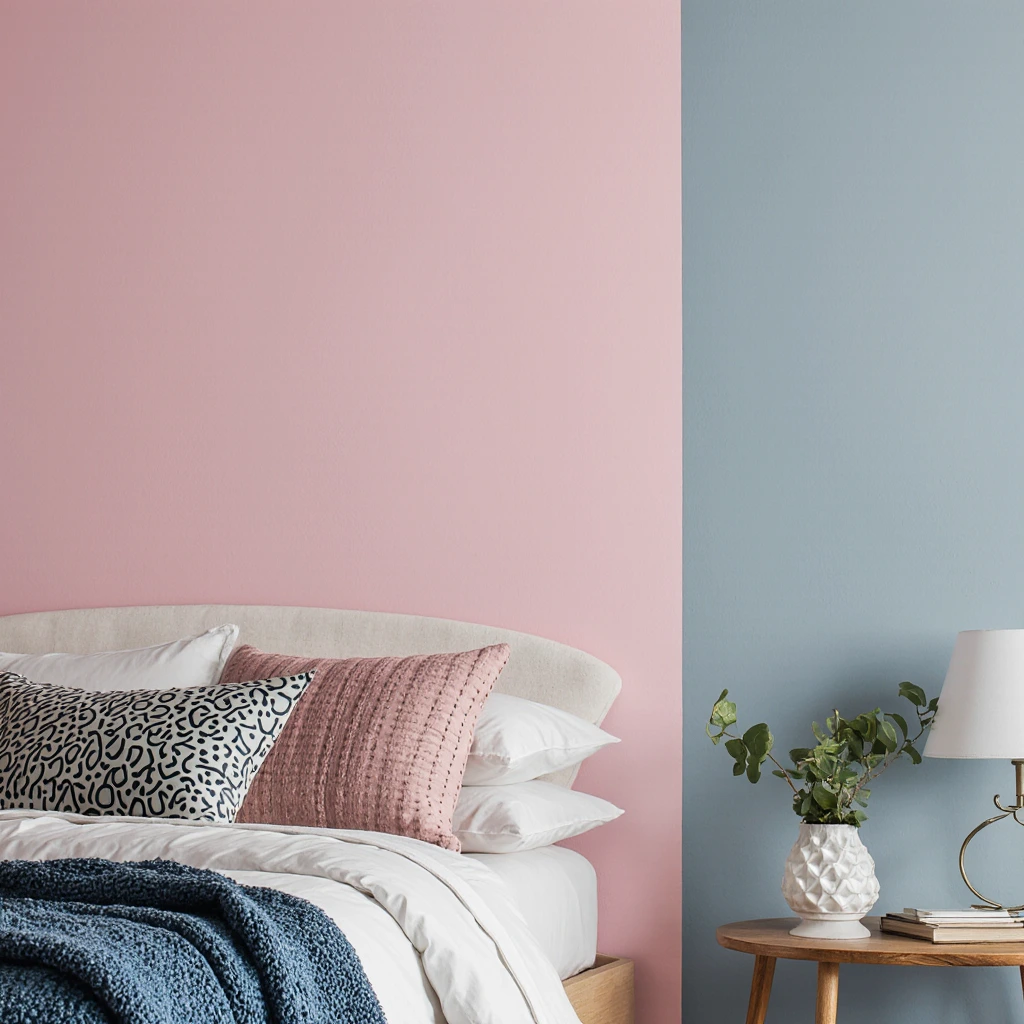
Choosing the right colors enhances the atmosphere of your home, potentially impacting its resale value and the overall success of your paint project.
Bedroom colors should promote relaxation and restful sleep. Calming blues, soothing greens, and warm neutrals like beige or light gray create a relaxing atmosphere. Consider colors like “Pale Oak” or “Sea Salt” for master bedrooms, while children’s rooms can opt for more vibrant colors like soft yellow or lavender. Avoid bold, overly stimulating colors that can disrupt sleep patterns.
Kitchen colors should balance practicality with appetite appeal. Warm whites, soft grays, and muted earth tones create inviting cooking spaces. Popular choices include Cloud White, Relaxing Beige, and Relaxing Grey. These colors pair well with various cabinet finishes and backsplash materials, while maintaining a clean, fresh look that enhances food presentation.
Bathroom colors should exude a sense of cleanliness and warmth and resist moisture effectively. Light blues, soft greens, and crisp whites create a refreshing atmosphere. Consider Palladian Blue, Sea Salt, or Pure White for master bathrooms. Bathrooms offer bolder options such as navy or elegant charcoal gray.
Living Room Colors: The social hub of your home, it requires a variety of colors to complement the furniture and create a welcoming atmosphere. Neutral shades such as Revere Pewter, Balanced Beige, or Classic Grey provide excellent foundations for décor flexibility. These colors work well with varying lighting conditions and seasonal décor changes.
Paint Color Combinations and Patterns
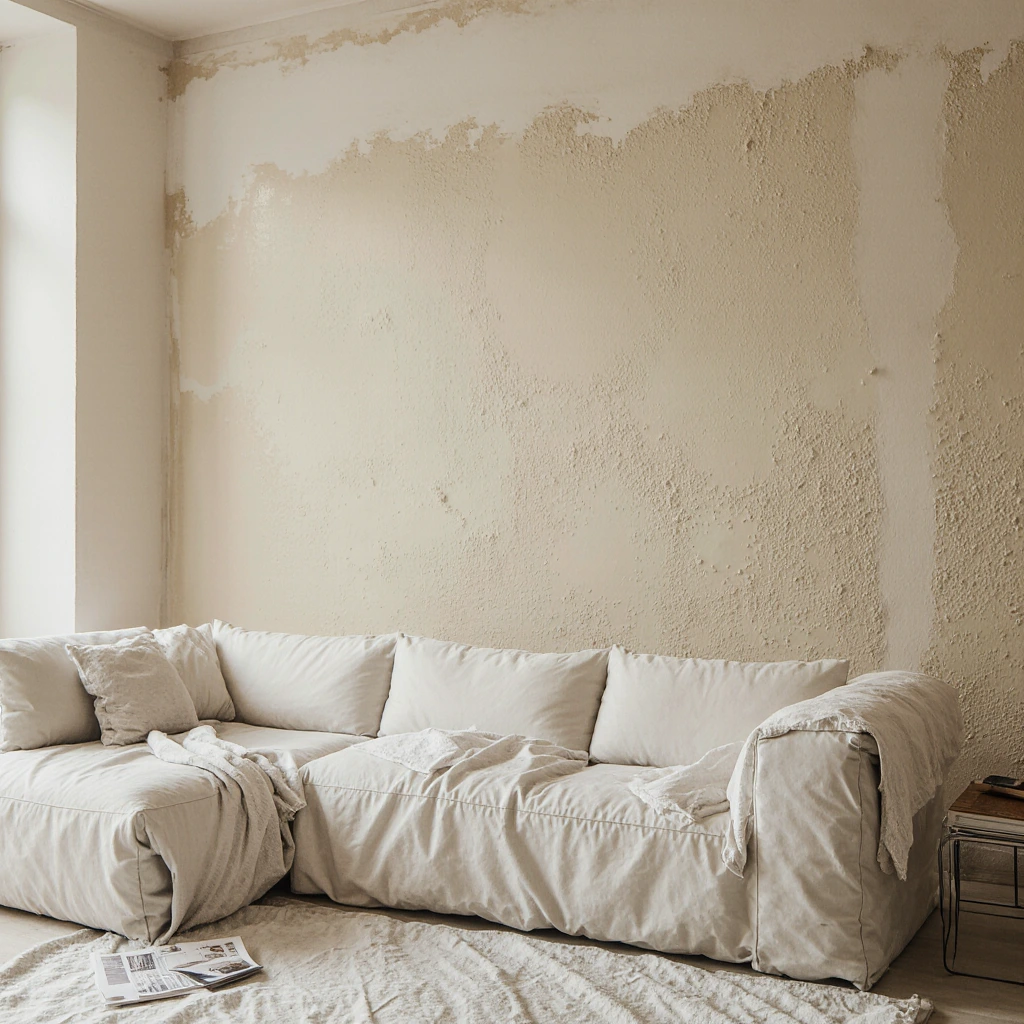
Creating consistent color schemes throughout your home enhances flow and visual appeal, while potentially reducing paint costs through thoughtful, in-depth purchasing.
Neutral colors remain timeless, featuring a mix of white, gray, and beige, creating sophisticated and versatile foundations. Consider pairing marble walls with soothing beige motifs, or combining soothing gray with crisp white accents. These combinations are ideal for open-plan spaces and complement a variety of furniture styles.
Bold color schemes add bold accents while maintaining a delicate balance. Dark blue with crisp white creates a nautical elegance, while forest green with cream adds a touch of natural sophistication. These designs are perfect for feature walls or small spaces where the boldness of the colors doesn’t overpower.
Pastel combinations add a delicate charm and are particularly suitable for bedrooms and children’s rooms. Soft pink with cream, lavender with white, or mint green with pale gray create a calm and dreamy atmosphere. These combinations are popular in European design and offer excellent opportunities for seasonal decor.
The trending color palettes for 2025 include warm earth tones, gray-greens, and rich terracotta shades. Warm Stone, Olive Branch, and Twilight of the Valley are popular choices that reflect our growing connection to nature. These colors blend beautifully with both traditional and contemporary settings.
DIY Painting Tips
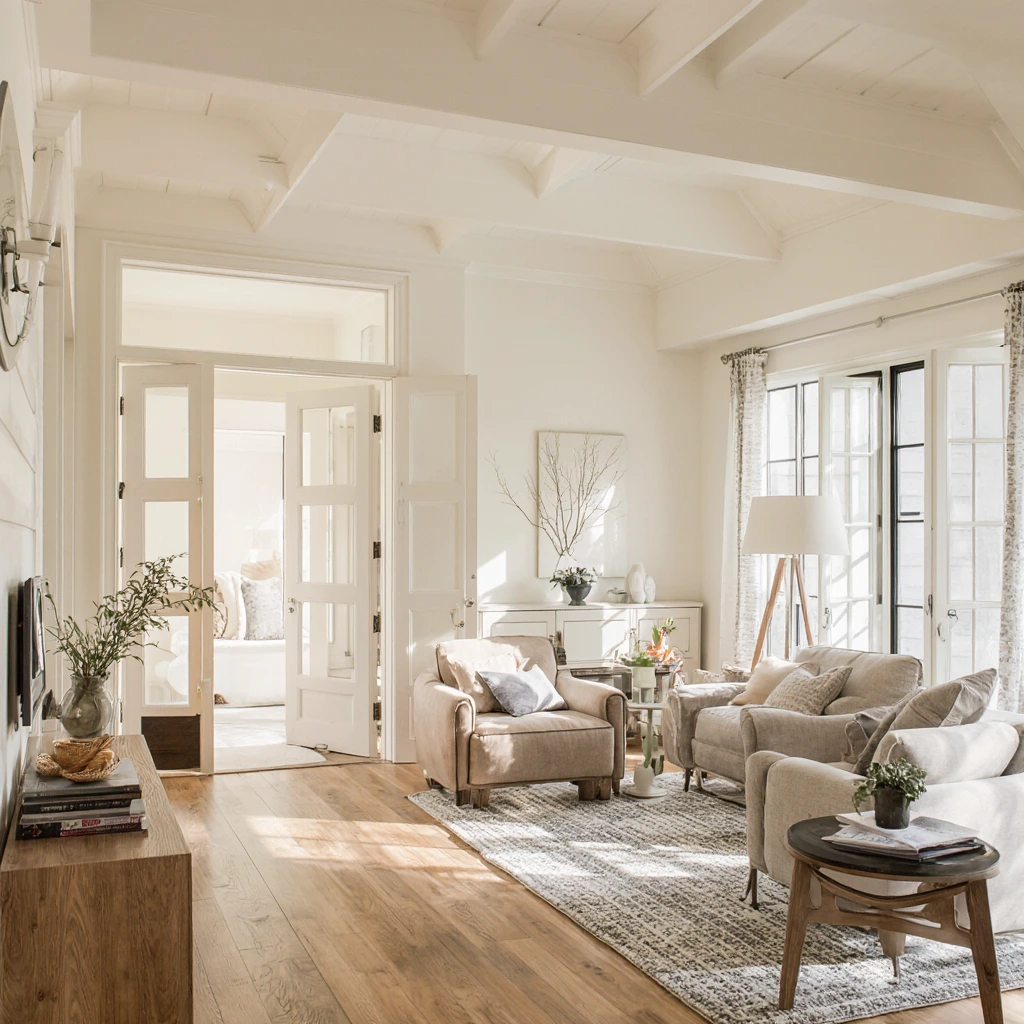
Successful DIY painting projects require good preparation, high-quality tools, and a systematic approach that significantly reduces interior painting costs.
Essential tools include high-quality brushes, paint rollers of appropriate lengths, painter’s tape, protective drop cloths, paint trays, and extension poles. Invest in premium brushes for finishing work and high-quality paint roller covers for smooth wall finishes. Good tools make a huge difference to the final results and can be reused in future projects.
Preparation Steps: These are essential for professional results. Clean walls thoroughly, fill holes and cracks with filler, sand rough areas smoothly, and apply a primer where necessary. Remove switchboards and socket covers, protect floors with a protective cloth, and carefully tape the edges. Proper preparation prevents costly mistakes and ensures paint adhesion.
Painting technique involves starting with the ceiling, then the walls, and finishing with the finish. Use “W” patterns when painting walls, keep edges moist to prevent overlap marks, and apply thin, even coats instead of thick ones. Work in daylight whenever possible and maintain consistent pressure for even coverage.
Common mistakes to avoid include skipping the primer, rushing the preparation process, using poor-quality tools, and painting in poor lighting conditions. Do not overuse brushes or rollers, avoid painting at high temperatures, and never paint over dirty surfaces. Taking the time to master the proper technique prevents costly rework and ensures lasting results.
Detailed Cost and Budgeting Tips
Understanding interior painting costs helps you make informed decisions and maximize your investment through strategic planning and smart purchasing choices.
Per-room costs vary greatly based on size, complexity, and finish options. A standard 12×12 bedroom typically costs between $300 and $600 for a DIY project (paint and supplies), or $800 to $1,500 for a professional painting. Kitchen painting costs between $400 and $800 for a DIY project or $1,200 to $2,500 for a professional painting project. Bathroom projects cost between $200 and $400 for a DIY project or $600 to $1,200 for a professional painting project.
Labor costs account for between 60 and 80% of professional painting costs. Painters typically charge $25-$50 per hour or $1.50-$3.50 per square foot, depending on the location and complexity of the project. Detailed finishing work, multiple colors, and special finishes significantly increase labor costs. Geographic location greatly influences pricing, with urban areas commanding premium rates.
Material cost breakdowns include paint ($25-$60 per gallon), primer ($20-$40 per gallon), brushes and rollers ($30-$80), painter’s tape ($10-$20), drop cloths ($20-$40), and miscellaneous supplies ($20-$50). Higher-quality paint offers better coverage and a longer lifespan, making it cost-effective despite the higher initial investment.
Money-saving strategies include scheduling projects during off-peak seasons, purchasing paint during sales periods, combining multiple rooms to get bulk discounts, and doing the prep work yourself. Consider purchasing colored paint for significant savings, especially for primer layers or less visible areas like closets and utility rooms.
Eco-friendly options, such as low- or zero-VOC paints, cost slightly more upfront, but provide better indoor air quality and often provide better coverage. Many eco-friendly paints qualify for green building certifications and appeal to environmentally conscious buyers.
Paint Trends and Inspiration
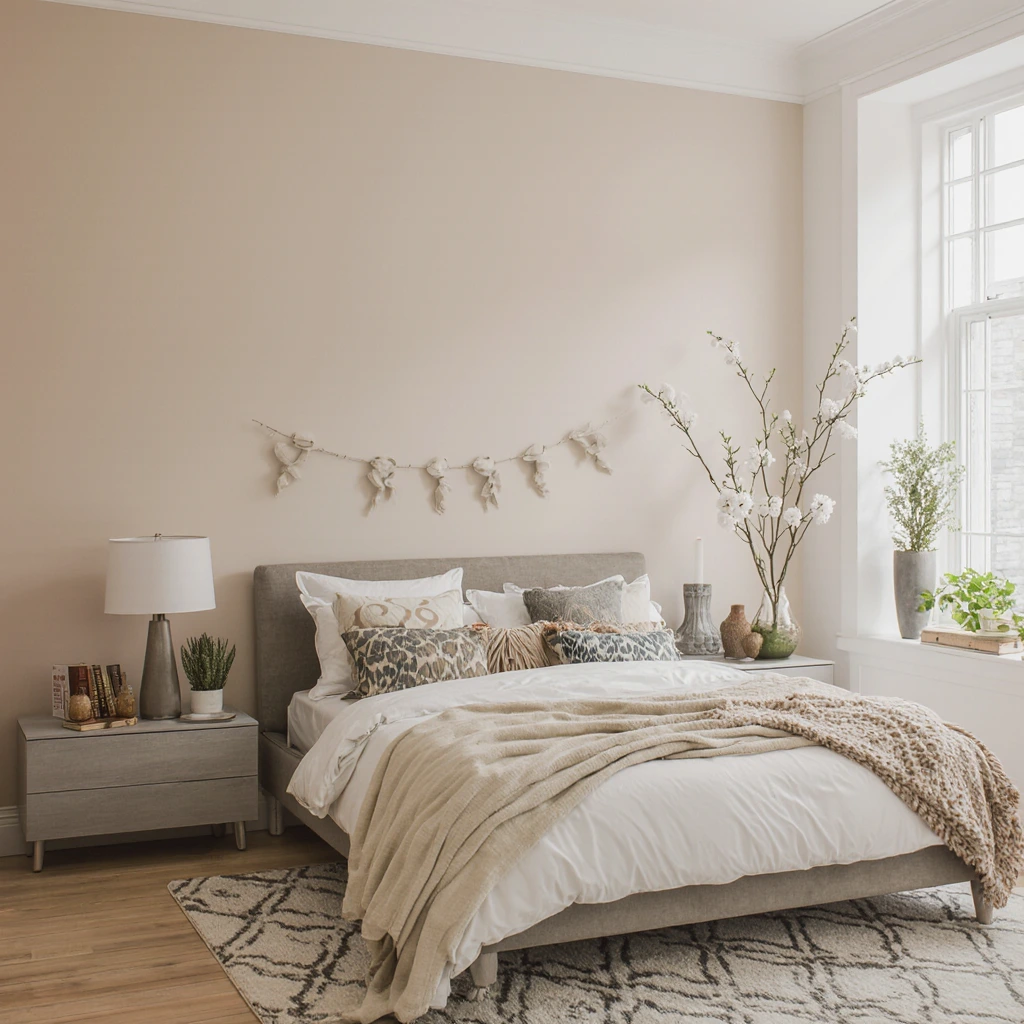
Keeping up with the latest paint trends helps create stylish, modern spaces while enhancing your home’s curb appeal and personal enjoyment.
Color Trends for 2025 focus on natural, earthy colors that promote well-being and a connection with nature. Warm Stone, Sage Wisdom, and Clay Sunset are popular choices that create relaxing, calming environments. These colors pair beautifully with natural materials and sustainable design elements.
Biodesign Integration incorporates nature-inspired colors that promote mental well-being and environmental awareness. Soft greens, warm browns, and ocean blues create calming spaces that relieve stress and promote relaxation. These trends align with the growing interest in health-focused home design.
Sustainable paint innovations include recycled paints, plant-based formulations, and packaging reduction initiatives. Many manufacturers now offer carbon-neutral paint options and take-back programs for empty containers. These innovations often offer performance benefits alongside environmental advantages.
The influence of social media is driving the rapid adoption of these trends, with platforms like Instagram and Pinterest showcasing bold color combinations and creative painting techniques. Influencer collaborations with paint companies are introducing new color palettes and application methods that inspire homeowners’ creativity.
Common Home Painting Mistakes
Avoiding common painting mistakes saves time, money, and effort, while ensuring professional results that enhance your home’s appearance and value.
The most common and costly mistake is inadequate surface preparation. Skipping cleaning, patching, or priming steps can lead to poor paint adhesion, uneven coverage, and premature paint damage. Always ensure that walls are thoroughly cleaned, holes and cracks filled, rough areas sanded, and a proper primer applied for long-lasting results.
Choosing the wrong paint for specific applications can cause performance issues and additional costs. Using matte paint in high-traffic areas, applying interior paint in areas exposed to moisture, or ignoring primer on difficult surfaces can lead to poor durability and frequent touch-ups. Match paint types to their intended use for optimal performance.
Poor color choices result from inadequate testing and inadequate lighting considerations. Colors vary in different lighting conditions, and even with existing furniture. Always test paint samples in different areas and lighting conditions before applying paint to the entire room.
Rushing the painting process leads to brush marks, overlap marks, and uneven coverage. Allow sufficient drying time between coats, keep edges moist while painting, and work in manageable sections. Good results require patience and method.
Inadequate ventilation during painting poses health risks and affects paint performance. Ensure proper airflow, use fans when needed, and choose suitable weather conditions for painting projects. Good ventilation speeds up the drying process and improves the final appearance.
How to Maintain Painted Walls
Proper maintenance prolongs the life of your home’s paint, keeping it looking fresh and beautiful between major painting projects.
Regular cleaning prevents dirt buildup and preserves the paint’s appearance. Use gentle cleaning solutions suitable for your home’s paint, work from the bottom up to prevent streaks, and rinse thoroughly with clean water. Avoid abrasive cleaners that damage painted surfaces.
Touch-up techniques address minor damage before it worsens. Keep leftover paint in place for later use, clean damaged areas before touch-ups, and clean edges to blend seamlessly with the existing paint. Minor touch-ups eliminate the need for a full repaint.
Damage prevention includes using furniture cushions, maintaining proper humidity levels, and addressing water leaks promptly. Install chair rails in dining areas, use door stoppers to prevent damage to handles, and consider using washable paint finishes in high-traffic areas.
Seasonal maintenance includes inspecting painted surfaces for damage, cleaning signs of wear and tear, and addressing any problems before they become serious. Spring and fall inspections help identify problems early and maintain your home’s appearance year-round.
Conclusion
Understanding the cost of interior painting enables you to make informed decisions that balance budget constraints with quality expectations. From selecting the right paint finishes and colors to implementing money-saving strategies and avoiding common mistakes, successful interior painting requires careful planning and execution. Whether you choose DIY methods to reduce costs or invest in professional services for complex projects, the key is to understand your options and make strategic decisions that align with your goals. High-quality paint, proper preparation, and skillful application deliver lasting results that enhance the beauty and value of your home.
Are you ready to give your home a fresh coat of paint? Try these ideas in your next home renovation and let us know how it turned out in the comments. Sign up for more home decor guides and expert tips to help you create the perfect living space on your budget!
Best Amazon Picks :
FAQs
What is the best paint for bathrooms?
Semi-gloss or satin finishes are the perfect choice for bathrooms due to their moisture resistance and easy cleaning. Look for paints specifically designed for high-humidity environments, and always use a high-quality primer to ensure good adhesion to bathroom surfaces.
How long should the paint dry before applying another coat?
Most latex paints require two to four hours between coats, while oil-based paints require six to eight hours. However, drying times vary depending on temperature, humidity, and paint thickness. Always check the manufacturer’s recommendations and test on a small area before applying the next coat.
How do I choose a color that matches my furniture?
Consider your furniture’s base color tones and choose paint colors that complement each other rather than match perfectly. Neutral colors, such as warm gray or beige, work with most furniture styles, while testing paint samples in your actual room’s lighting helps ensure they blend in with existing pieces.
Can I paint dark walls without a primer?
While it’s possible with high-quality paint, using a primer ensures better coverage and true color reproduction. Dark colors often require a specialized primer or multiple coats of paint without a primer, making the application of a primer more cost-effective and ensuring professional results.
What’s the most cost-effective way to paint multiple rooms?
Plan all rooms at once to take advantage of bulk paint discounts, coordinate colors to ensure a consistent flow, and prep all surfaces before starting any painting. This approach reduces material waste, reduces preparation time, and often qualifies you for contractor discounts when hiring professional services.
